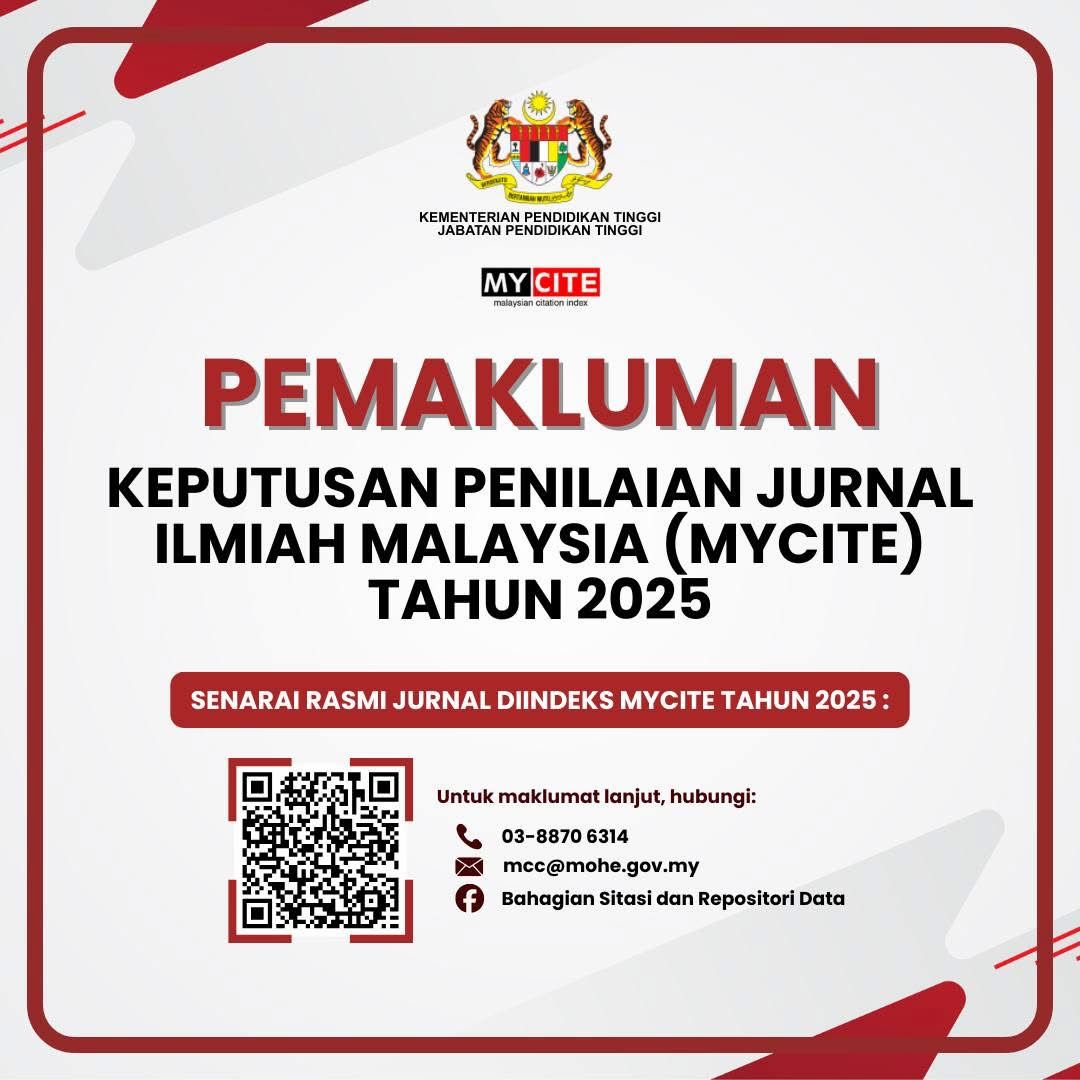Explore The Application of Folk Arts in Wall Painting Art
-
DOI:
https://doi.org/10.24191/idealogy.v9i1.537Abstract
This study aims to analyse the inheritance of folk arts in the wall painting art as an example, and to propose the main measure for the application of folk arts in the wall painting art, to allow our country's folk arts to continue the inheritance while enriching the wall painting art form, and to encourage the integrated development of both. Folk arts refers to the art that is inherited and developed among the public. The purpose of folk arts creation is to beautify the environment and enrich the popular culture. Folk arts includes the traditional art forms of various ethnic groups in China and is the embodiment of various art forms. Folk and traditional arts are rooted in and reflective of the cultural life of a community. They encompass the body of expressive culture associated with the fields of folklore and cultural heritage. Tangible folk arts include historic objects which are crafted and used within a traditional community. It applies a qualitative, because of its flexibility in recording observations of elements of folk arts in wall painting. To this day, wall painting still has a large market in Chinese society, and folk arts has gradually developed into the most popular element. Overall, this study will provide an invaluable source of information about folk arts and wall painting. It will benefit wall painting designers, artists, researchers, art students, and scholars interested in studying this theme and traditional elements.
Keywords: Folk arts, Wall painting, Inheritance.
References
Asif, M., & Ali, M. (2019). Chinese Traditions Folk Art, Festivals and Symbolism. International Journal of Research Available, 6(1), 1–20. https://pen2print.org/index.php/ijr/
Cheng, H. (2023). “乡村振兴”背景下当代壁画(墙绘)的生存机制与问题探究:以南充市为例[The survival mechanism and problems of contemporary mural painting under the background of “rural revitalization” : A case study of Nanchong City]. 大众文艺[Da Zhong Wen Yi]. https://doi.org/10.20112/j.cnki.ISSN1007-5828.2023.12.016
Chu, Q. (2000). 中国壁画史[History of Chinese mural painting]. 北京工艺美术出版社[Beijing Gongyi Meishu Chubanshe].
Fan, X. (2016). 民间艺术在现代壁画中的表现研究[The Performance research of Folk Art in the Modern Murals] [Thesis, HEBEI UNIVERSITY OF SCIENCE AND TECHNOLOGY]. https://chn.oversea.cnki.net/KCMS/detail/detail.aspx?dbcode=CMFD&dbname=CMFD201701&filename=1016190665.nh&uniplatform=OVERSEA&v=SxckdJ-vinT0fZZL3yALYY49IhJ-MAaxc8gB6FBiTHy_YCIhm5AFzSWymhpFTdfE
Ghosh, S. (2020). Madhubani Painting—Vibrant Folk Art of Mithila. Art and Design Review, 08(02), 61–78. https://doi.org/10.4236/adr.2020.82005
Komarovskaya, P. (2017). Chinese Peasant painting (Nongminhua): History milestones and main production centers. In Vestnik Sankt-Peterburgskogo Universiteta, Filosofiia i Konfliktologiia (Vol. 33, Issue 1, pp. 107–114). Saint Petersburg State University. https://doi.org/10.21638/11701/spbu17.2017.111
Liu, W., & Meng, J. (2018). 乡村墙绘中农民画的应用研究[Research on the application of peasant painting in rural wall painting]. 书画视界[Shu Hua Shi Jie].
Rekha, N. (2010). From folk art to fine art: changing paradigms in the historiography of Maithil painting*. Journal of Art Historiography, 2.
Roslan, A., & Bakar, S. (2019). Contemporary Colours in Artworks. IDEALOGY JOURNAL, 4(2), 20–27.
Rusli, H., & Zali, A. (2020). Adaptation of Malay Folklore Tales (Si Luncai) In Printmaking. IDEALOGY JOURNAL, 5(1).
Song, J., & Shi, S. (2022). 探究民间美术在墙体彩绘艺术中的应用[Learn the application of folk art in wall painting art]. ART EDUCATION RESEARCH.
Tringham, S., & Rickerby, S. (2020). Challenges of Conserving Wall Paintings: A 30-Year Perspective. Studies in Conservation, 65(S1), 327–332. https://doi.org/10.1080/00393630.2020.1770418
Yi, J. (2003). 民族民间艺术色彩的比较[Comparison of colors of national folk art]. Minzu Tribune. https://doi.org/10.19683/j.cnki.mzlt.2003.12.018
Zhang, R., & Zhao, X. (2020). The application of folk art with virtual reality technology in visual communication. Intelligent Automation and Soft Computing, 26(4), 783–793. https://doi.org/10.32604/iasc.2020.010113
Zhang, X., & Wang, L. (2022). 乡村振兴背景下文化墙会的价值与发展[The Value and Development of Cultural Wall Painting in the Context of Rural Revitalization]. Journal of Xianyang Normal University, 37(3).
Zhang, Y. (2009). 壁画[Mural painting]. 西南师范大学出版社[Southwest Normal University Press].
Zhao, Z., & Yang, G. (2014). 民间艺术资源在壁画创作中的传承与发展[Inheritance and development of folk art resources in mural painting creation]. 大众文艺[Da Zhong Wen Yi].
Zou, W., & Yeo, S. Y. (2022). Investigation on the Painting Materials and Profile Structures Used in Ancient Chinese Folk Architectural Paintings by Multiple Analytical Methods. Coatings, 12(3). https://doi.org/10.3390/coatings12030320
Downloads
Published
Issue
Section
License
UiTM Press (the Publisher) has agreed to publish the undersigned author’s paper in Idealogy Journal. The agreement is contingent upon the fulfilment of a number of requirements listed below.
1. The undersigned author warrants that the paper entitled below is original, that it is not in any way libellous or unlawful in Malaysia, that it does not infringe any copyright or other proprietary right. The undersigned hereby represents and warrants that he/she is the author of the paper, except for material that is clearly identified as to its original source, with permission notices from the copyright owners where required. The undersigned represents that he/she has the power and authority to sign and execute this agreement.
2. The undersigned author warrants that the paper entitled below has not been published elsewhere, and also it will not be submitted anywhere else for publication prior to acceptance/rejection by this Journal.
3. By submitting the paper entitled below, the undersigned author agrees to transfer the rights to publish and distribute the paper in an international e-journal (entitled above) to Publisher.
4. The undersigned author agrees to make a reasonable effort to conform to Publisher's submission guidelines and to liaise with the editor to ensure that the requirements of these guidelines are met to a reasonable degree.
5. The corresponding author signs for and accepts responsibility for releasing this material on behalf of any and all coauthors. This agreement is to be signed by at least one of the authors who has obtained the assent of the co-author(s) where applicable. After submission of this agreement signed by the corresponding author, changes of authorship or in the order of the authors listed will not be accepted.



